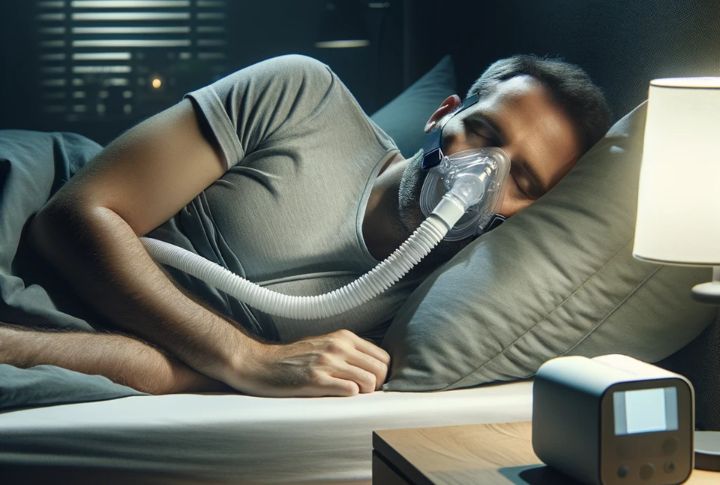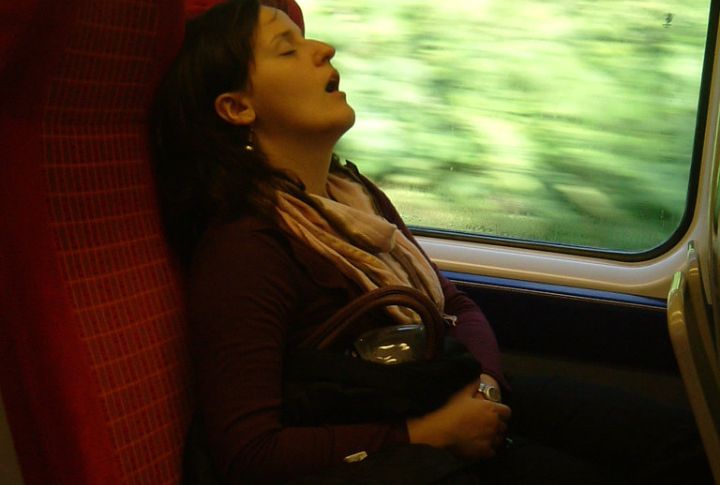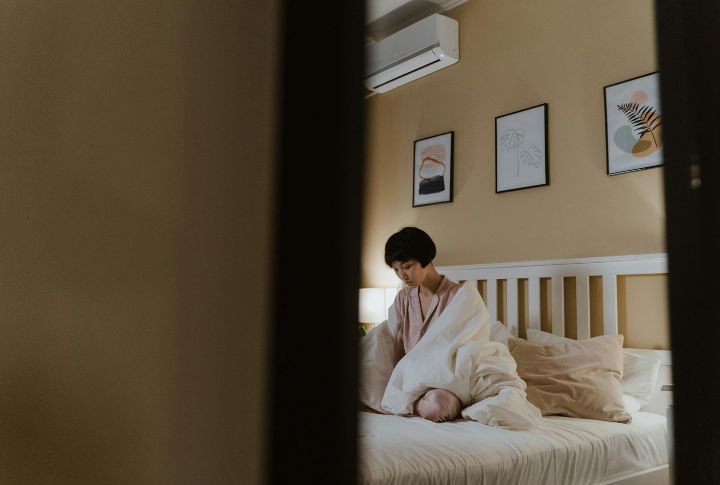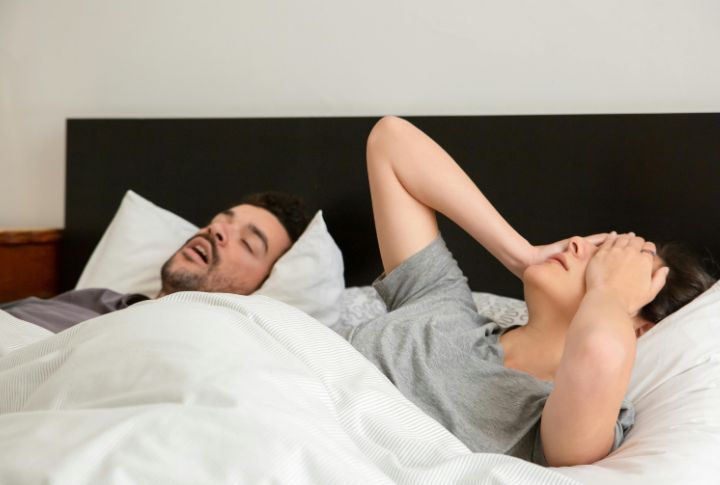
Although often underestimated and overlooked, sleep apnea is a prevalent sleep disorder affecting millions worldwide. Characterized by shallow breaths during sleep or pauses in breathing, it can seriously affect one’s health and quality of life. Our list explores the complexities and illuminates 15 facts people should know about the condition.
The Silent Menace

Often dubbed as the silent killer, sleep apnea can go undiagnosed for years, silently wreaking havoc on one’s health. Many people remain unaware of their condition until serious complications arise.
Types Galore

Sleep apnea isn’t a one-size-fits-all disorder. It manifests in various forms, including complex sleep apnea syndrome (CSAS), central sleep apnea (CSA), and obstructive sleep apnea (OSA), each with its unique characteristics and underlying causes.
The Weighty Connection

Obesity and sleep apnea share a bidirectional relationship. The vicious cycle resulting from excess weight and sleep apnea is difficult to break. It is not only possible to cause sleep apnea through excess weight, but it can also exacerbate excessive weight gain.
Nightly Battles

For individuals with sleep apnea, bedtime isn’t always a peaceful affair. The night is often marked by constant battles between the body’s instinct to breathe and the obstructive forces impeding airflow, leading to fragmented sleep and daytime fatigue.
Persistent Snoring

The frequency of snoring is one of the most prominent symptoms of sleep apnea, but it is more than just an annoying symptom. Loud, persistent snoring can indicate obstructive breathing patterns during sleep, warranting further evaluation for potential sleep apnea.
The Oxygen Conundrum

Episodes of apnea deprive the body of oxygen, triggering a cascade of physiological responses. Oxygen desaturation during sleep apnea can strain the heart, increase blood pressure, and elevate the risk of cardiovascular diseases.
Daytime Drowsiness

Excessive daytime sleepiness is a hallmark of sleep apnea, often affecting cognitive function, mood, and productivity. People may have difficulty staying awake during daily activities, putting themselves and others at risk.
The Link with Hypertension

Sleep apnea and hypertension often go hand in hand. The recurring oxygen deprivation and nighttime stress imposed by sleep apnea can contribute to elevated blood pressure levels, amplifying the risk of cardiovascular events.
Gender Disparities

While sleep apnea is more commonly diagnosed in men, women aren’t exempt from its grasp. Yet, the presentation of symptoms may differ, leading to underdiagnosis and delayed treatment in female patients.
Age Is No Barrier

Contrary to popular belief, sleep apnea isn’t exclusive to older adults. This disorder can affect individuals of all ages, including children. Pediatric sleep apnea, often associated with enlarged tonsils or adenoids, requires prompt intervention to prevent complications.
The Impact on Mental Health

Sleep apnea isn’t just a physical ailment—it can also take a toll on mental well-being. Chronic sleep deprivation and oxygen deprivation can contribute to mood disorders, cognitive impairment, and decreased quality of life.
Relationship Strain

Besides affecting the individual diagnosed, sleep apnea strains relationships as well. Loud snoring and disruptive sleep patterns may lead to resentment and frustration among bed partners. This issue highlights the importance of open communication and mutual support.
Diagnostic Dilemmas

Diagnosing sleep apnea isn’t always straightforward. In terms of diagnosis, overnight polysomnography remains the gold standard. Yet, alternative methods, such as sleep apnea testing at home, offer convenience and accessibility for certain patient populations.
Treatment Options Abound

Various treatment options exist for sleep apnea management. These comprise continuous positive airway pressure (CPAP) therapy, oral appliances, and surgical interventions. Tailoring treatment to individual needs and preferences is paramount for success.
Empowerment through Awareness

A critical aspect of fighting sleep apnea is education and awareness. By understanding the disorder’s risk factors, symptoms, and consequences, individuals can take proactive steps to seek evaluation and pursue appropriate treatment, reclaiming restful nights and revitalized days.


Comments
Loading…